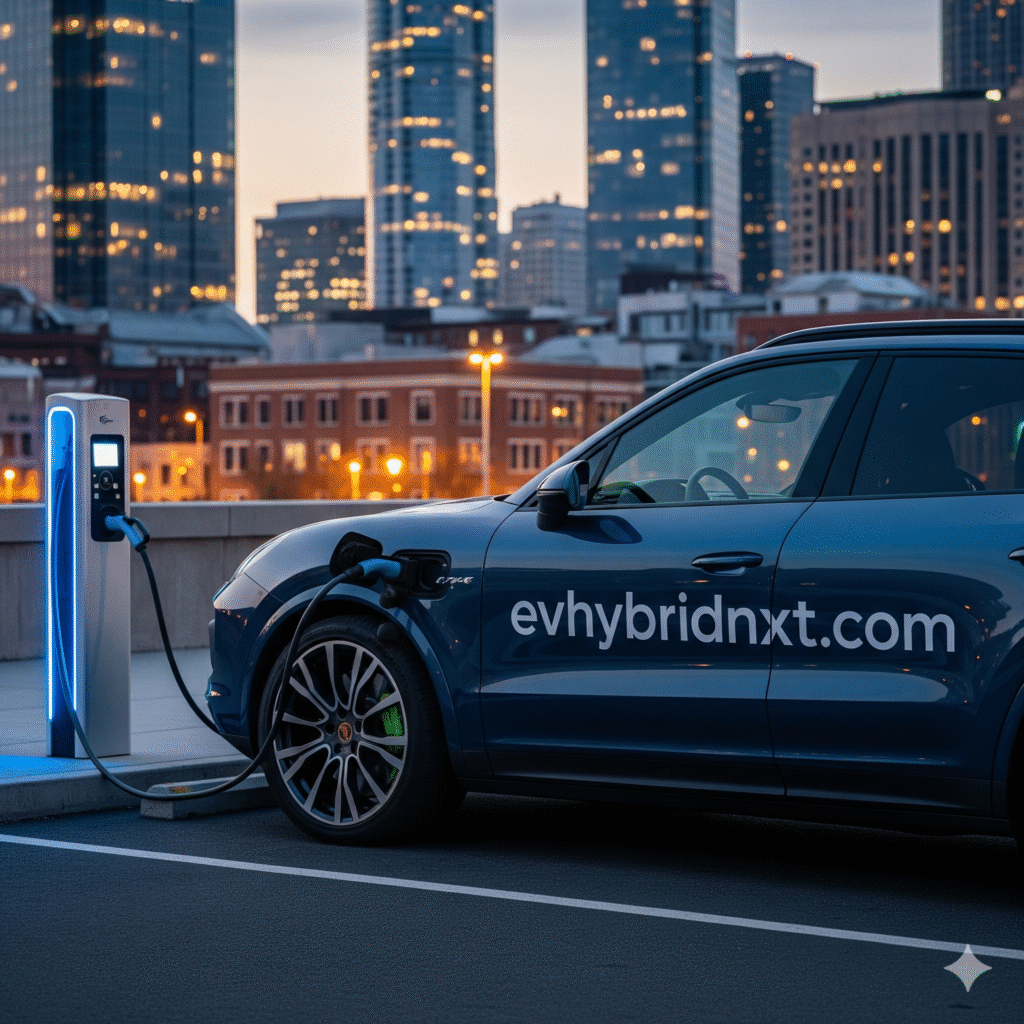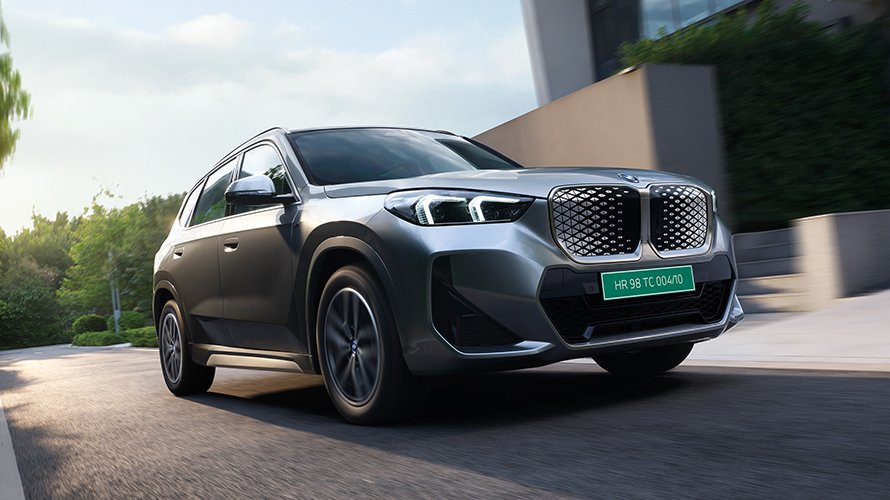Porsche doesn’t do half-measures. As the world races toward electrification, the Stuttgart icon is engineering its next Cayenne not just to compete, but to conquer. The all-new Cayenne Electric—the brand’s first fully battery-powered take on its blockbuster SUV—has emerged from a gauntlet of virtual simulations and brutal real-world trials. Set for a grand unveiling by year’s end, this EV powerhouse will slot seamlessly alongside the current combustion and hybrid Cayennes, offering buyers a zero-emission path to Porsche’s signature blend of luxury, performance, and unflappable poise. With development time slashed by 20% thanks to AI and VR wizardry, the Cayenne Electric isn’t just arriving—it’s arriving sharper, faster, and greener than ever.
From Pixels to Pavement: The Digital Revolution in Porsche’s Testing Arsenal
Gone are the days of churning out endless prototypes just to spot a glitch. For the Cayenne Electric, Porsche leaned hard into the digital realm, skipping the build of around 120 physical test mules—a move that saved fortunes in time and treasure.
Engineers at the Weissach Development Centre crafted hyper-accurate virtual twins of the SUV, starting right from the design phase when components existed only as code.
These digital doppelgangers were hurled into simulated hellscapes: blistering laps around a pixel-perfect Nürburgring Nordschleife, snarled city traffic jams, and everything in between.Virtual reality (VR) played starring role, letting teams “drive” the Cayenne in immersive environments, tweaking aerodynamics or suspension on the fly without hammering a single wheel.
Boosted by AI-driven real-time simulations and beefed-up computing muscle, this approach digitized routes from Germany’s Green Hell to mundane urban crawls, verifying tweaks before they hit metal.
“This integration of simulation and artificial intelligence… has transformed vehicle testing,” noted Michael Steiner, Porsche’s Deputy Chairman for Research and Development.
The payoff? A 20% faster development cycle, allowing the Cayenne Electric to leapfrog straight to pre-series production.But pixels have limits. To ground-truth the sims, Porsche unveiled a bespoke composite test bench—a Frankenstein of engineering that marries drive, battery, energy management, and charging systems in one electrified chamber.
Powered by four beefy synchronous motors, it mimics road textures (from grippy asphalt to dusty drifts), acceleration drag, braking bite, and even tire slip with eerie fidelity.
“The machines are so sophisticated that we can even simulate different asphalt textures or desert dust conditions,” quipped engineer Marcus Junige.
Here, virtual Nürburgring data was cross-checked against physical runs, ensuring the EV’s thermal management—crucial for unleashing max power without meltdown—holds up lap after lap.
Extreme Realities: Cold Starts, Hot Pursuits, and Hill-Climb Heroes
Virtual wins buy time, but Porsche’s DNA demands dirt. Pre-production prototypes were flung into climate crucibles: scorching 50°C furnace runs in the UAE and Death Valley to torture battery cooling and fast-charging resilience, then plunged into -35°C Arctic chills in Scandinavia for cold-start traction and cabin-heating grit.
Off-road jaunts tested chassis fortitude, while highway hauls fine-tuned adaptive cruise and lane-keeping under duress. Even towing entered the fray—a camouflaged Cayenne Electric prototype shattered SUV records at England’s historic Shelsley Walsh hill climb, hauling over 7,700 lbs (3,500 kg) up a 16.7% gradient with Porsche Active Ride keeping the body poker-flat.
Human touch remains sacred. Test drivers like Gabriela Jílková from Porsche’s Formula E squad dialed in dynamics on racetracks, freeways, and backroads, blending data with seat-of-the-pants feel.
Sascha Niesen, Team Leader for Overall Vehicle Testing, stressed the blend: “While simulations provide precision, final adjustments rely on human expertise.”
Spy cams have caught the beast blitzing the actual Nürburgring, its silent surge masking a barrage of horsepower that leaves ICE Cayennes in the dust.
Built on a stretched Premium Platform Electric (PPE)—the same 800V architecture electrifying the Macan EV—the Cayenne Electric packs a 108 kWh battery for a claimed 373-mile (600 km) WLTP range, blending efficiency with endurance.
Dual-motor all-wheel drive dishes out scalable grunt: Entry models hover around 470 hp, while Turbo variants could eclipse 600 hp, with whispers of 1,000+ hp flagships down the line.
Acceleration? Expect 0-60 mph in under 4 seconds for base trims, dipping below 3 for the hot rods. Porsche Active Ride—its electrohydraulic wizardry—zaps body roll and dive, delivering Taycan-esque poise in SUV form.A game-changer: Optional wireless charging, via a 117cm x 78cm floor pad that juices the pack at 11 kW without cables—park, plug in passively, and go.
Fast DC charging? 5-80% in under 25 minutes, thanks to that 800V backbone. Inside, expect a Panamera-inspired cabin with physical buttons amid screens, though Porsche’s tight-lipped on exact reveals.
Debuting this winter with sales kicking off early 2026, the Cayenne Electric expands a family that’s sold over 1 million units since 2002.
It’ll coexist with the facelifted ICE and plug-in hybrids, giving purists time to warm to volts. Pricing? Likely starting north of $90,000 USD (€80,000+), scaling to $150,000+ for Turbo S. A Coupe variant lurks, too, for those craving flair.



